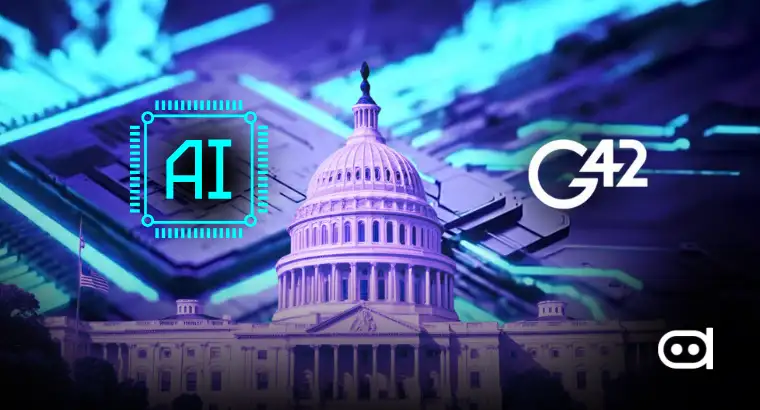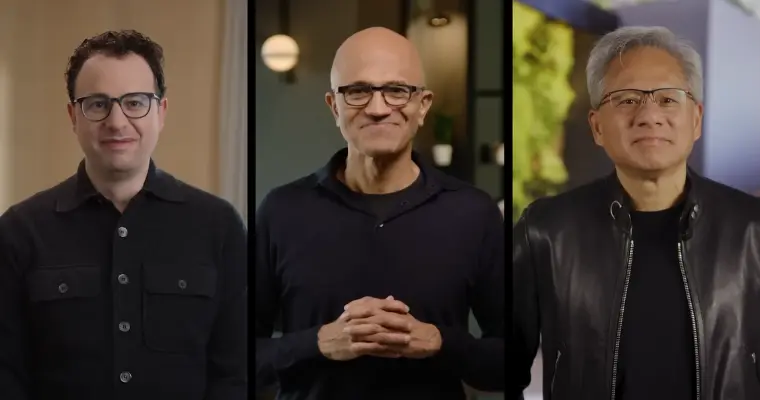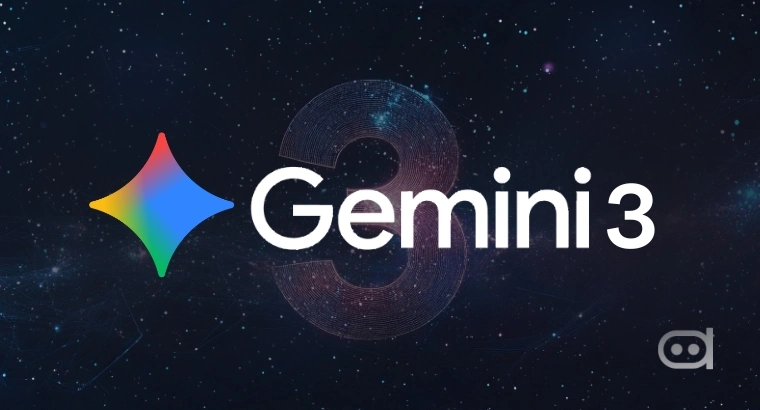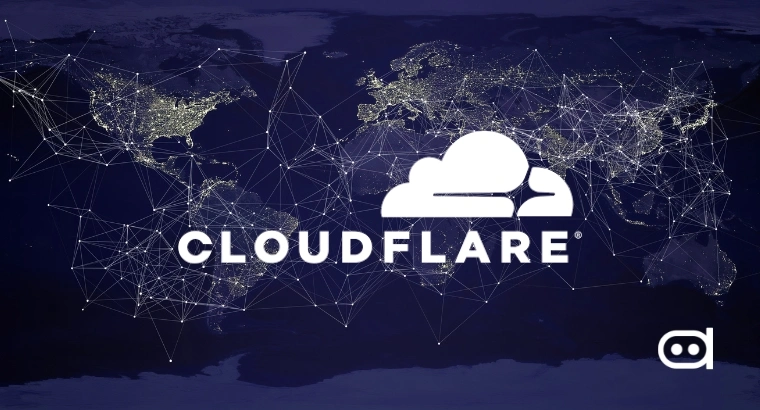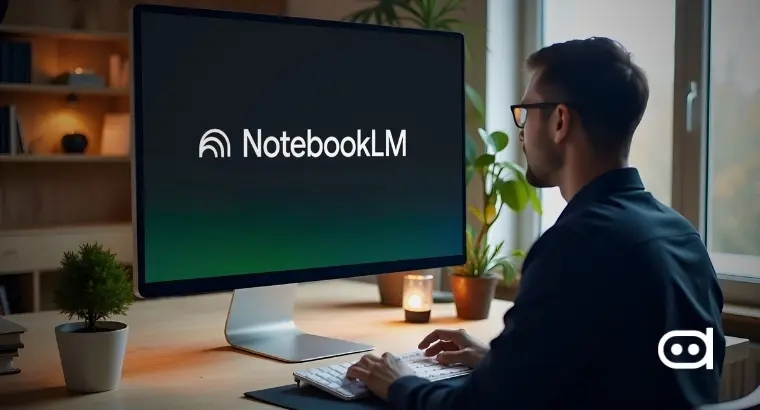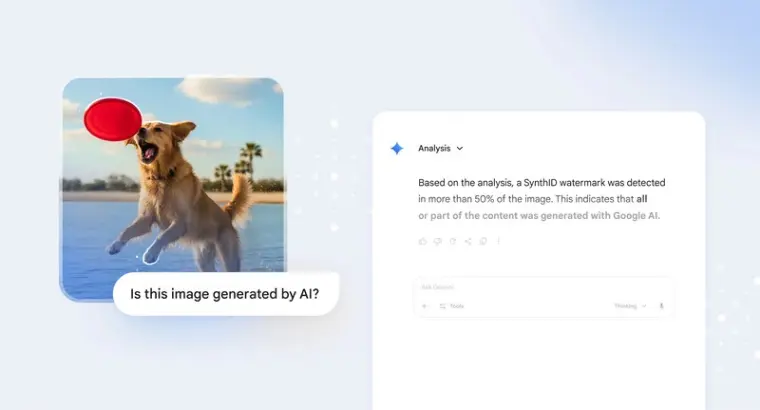
Key Highlights:
- Google adds SynthID image verification inside the Gemini app for users.
- SynthID watermarks help identify AI-generated images even after edits or compression.
- Google plans to expand SynthID verification to video and audio soon.
There is no denying that the internet is flooded with AI-generated content right now. Here I’m talking about images, memes, screenshots, or even subtle edits that can fool anyone at first glance. With every image model getting better and better, figuring out what’s synthetic and what’s authentic has become much harder than it used to be. That’s exactly what Google is trying to make people aware of.
Google is trying to tackle AI images circulating online with SynthID
In its latest effort, the Mountain View giant has rolled out a new tool inside the Gemini app to help you verify whether an image is AI-generated or authentic. Google, in its announcement, says that it has been working on this issue for a while now, but now it’s ready to show how everything works.
As you may know, Google Search already highlights image context, source pages, and reverse-image details. However, as generative images keep breaking realism, Google wants to build verification directly into its products where AI-generated content is made, and it is trying to do that with SynthID.
It’s basically DeepMind’s digital watermarking tech that quietly marks AI images with invisible signals. To catch you up, SynthID isn’t a new thing. It has been here since 2023, but finally it is becoming mainstream. According to Google, SynthID has already been applied to more than 20 billion AI-generated images across the internet.
The company has also been testing a verification portal called SynthID Detector. Google is taking help from reporters and media teams for this. With today’s announcement, SynthID is finally reaching everyday users through the Gemini app.
How does SynthID verification work inside Gemini?
If you upload an image into the Gemini app, you can just ask, “Was this created with Google AI?” or “Is this AI-generated?” Gemini will then scan the file for SynthID watermarks. Well, it could be a suspicious photo that has been circulating online or something that a friend has shared with you, but you can’t really tell whether it is AI-generated or real.
If the AI detects SynthID, the Gemini app will tell you the image was generated or edited with Google AI. If not, Gemini still uses its reasoning abilities to give you extra context about the image, as it has been doing for a long time now.
It is yet another effort by Google to make people literate about AI. While the new tool won’t magically solve misinformation, it surely gives people a quick way to verify whether an image came from Google’s own image system or is real. Since SynthID watermarks are embedded into the pixels themselves, they can survive cropping, compression, and screenshots, things that normally erase metadata.
Google has plans for video and audio verification next
This isn’t the only effort by Google to give users more visibility into AI-generated media. Earlier this year, the company also explored new research tools like Backstory from DeepMind. For the uninitiated, this tool helps provide historical context for images across the web. Now that verifying origin is becoming a native part of the Gemini experience.
Google also confirms that SynthID verification will soon expand beyond still images if things remain on track. Video and audio are next. In other words, you may eventually be able to verify the authenticity of a viral clip right from your browser.
For those unaware, Google is also part of the Coalition for Content Provenance and Authenticity (C2PA). It is an industry group working on shared standards for transparency. As part of this, images generated by Nano Banana Pro, the Gemini 3 Pro model which launched today, will also include C2PA metadata across the Gemini app, Vertex AI, and Google Ads. Notably, this metadata complements SynthID by storing information about how an image was created.
Google also mentions that more formats and more products will adopt the same approach over the coming months. The company also plans to support C2PA content credentials for media generated outside of its own ecosystem. That means you will be able to check the origin of images made by other companies’ models, and not just Google’s.



